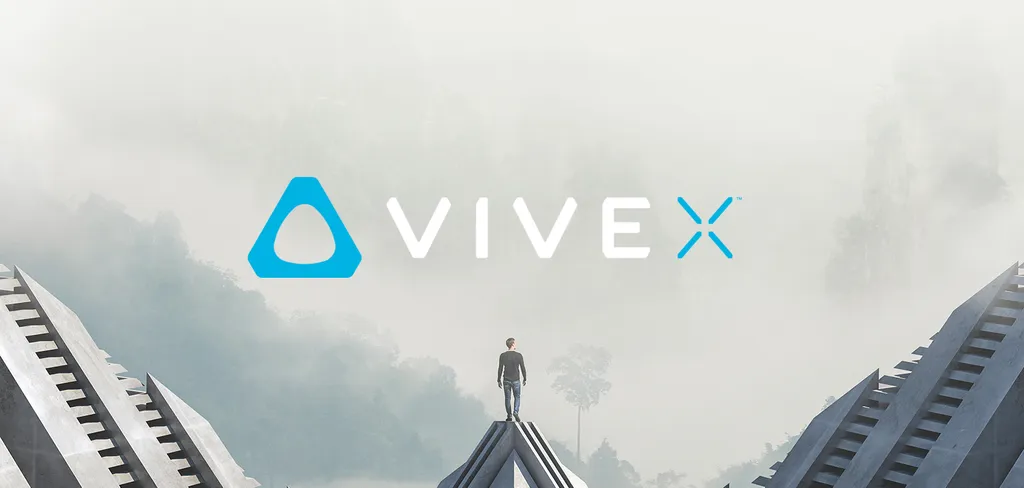This week we went to an HTC-hosted Demo Day for the second batch of ViveX funded VR and AR companies. With 26 different companies on display in San Francisco ranging from game developers, hardware manufacturers, utility creators, and everything in between there were a lot of different projects to try. Most of the companies were still in research and development phases as they sought additional capital for growth.
We got the chance to watch presentations from all 26 companies and try out several of the demos so we’ve put together a list of five (plus a bonus one) that we thought were particularly impressive:
Pop Match –
This is a new startup from Chip Sineni and Andy Kniaz, who were part of the team that created The Brookhaven Experiment at Phosphor Games. Their first project with Pop Match is Rushfire, a team-based competitive shooter that’s geared to be in the same vein as Counter-Strike. We’ve already seen successful indie projects along these lines such as Onward and Pavlov.
In the case of Rushfire though, what makes it most interesting is the Pop Match setup. Rushfire itself will be playable entirely for free with optional microtransactions within the game, but Pop Match is a tournament system that users will be able to pay entry fees to in order to play. Part of the fee goes to the company as profit and the rest goes into a prize pool, similar to other entry-fee based tournament structures. In this way when you win tournaments with Pop Match, you can earn actual money which democratizes the Esports scene a bit. We’re interested in watching how this does with a limited install base of Rift and Vive users.
ThermoReal –
Anyone that has tried VR knows how immersive it is to put on a headset and be surrounded by the sights and sounds of another world. But holding a hunk of plastic in your hand like a Vive wand, Oculus Touch controller, or gamepad just isn’t good enough when it comes to making you feel like you’re actually interacting with the game world.
ThermoReal from TEGway is aiming to change that with its conductive material that can instantly adapt to changing temperatures and actions within the digital environment. Becoming warm when something blows up is one thing, but it can also become cold quickly as well. It’s a concept we’ve even seen Facebook experimenting with too.
Limitless –
Creating VR content typically has a very high barrier to entry. The cost of development and skill bar that needs to be met is much higher than many other forms of creation. But that’s where companies like Limitless come in to make things easier than ever.
We’ve written about this company a few times in the past, such as how its founder, Tom Sanocki, went from working at Pixar to founding his own VR studio. This is definitely one of the ones to look out for when it comes to content creation.
bHaptics –
I’m not convinced that wearing a haptic suit is the answer to the issue of full immersion in VR. Having to jump through the hoops of setting up and wearing a VR headset is already cumbersome enough, so having to put on additional clothing and sensors and gear seems like a lot of work. However, that being said, if it’s of the quality that bHaptics is, then it could be worth it.
They’ve got sensors to outline the facepad of headsets, wristbands with vibrations functionality, and a full-torso vest you can wear over your actual clothes. It’s the most elaborate system I’ve seen and really does seem to make a difference. This isn’t an end-all-be-all solution by any means, but certainly represents a step towards more immersive VR.
Opaque Space –
We’ve seen a lot of space-based simulations in VR, but not many of them have support from and a partnership with NASA itself — Opaque Space does. Their platform, Earthlight, is being used to actually train the next generation of astronauts with accurate and realistic simulations.
Bonus Entry: Invrse Reality –
This one is just a bonus entry because the demo I tried was entirely embargoed and I can’t actually talk about it. The company description they used states: “This company aims to fuse physical and virtual reality. Our unique interface design and touch input will bring meaningful user experiences to your fingertips.” So, that’s all I can really say, other than it was really cool and I can imagine a lot of use cases for what they showed. They’re still in stealth so hopefully they fully announce soon.
And if the name sounds familiar it’s because this is the same company that developed the VR sniping game, The Nest.































